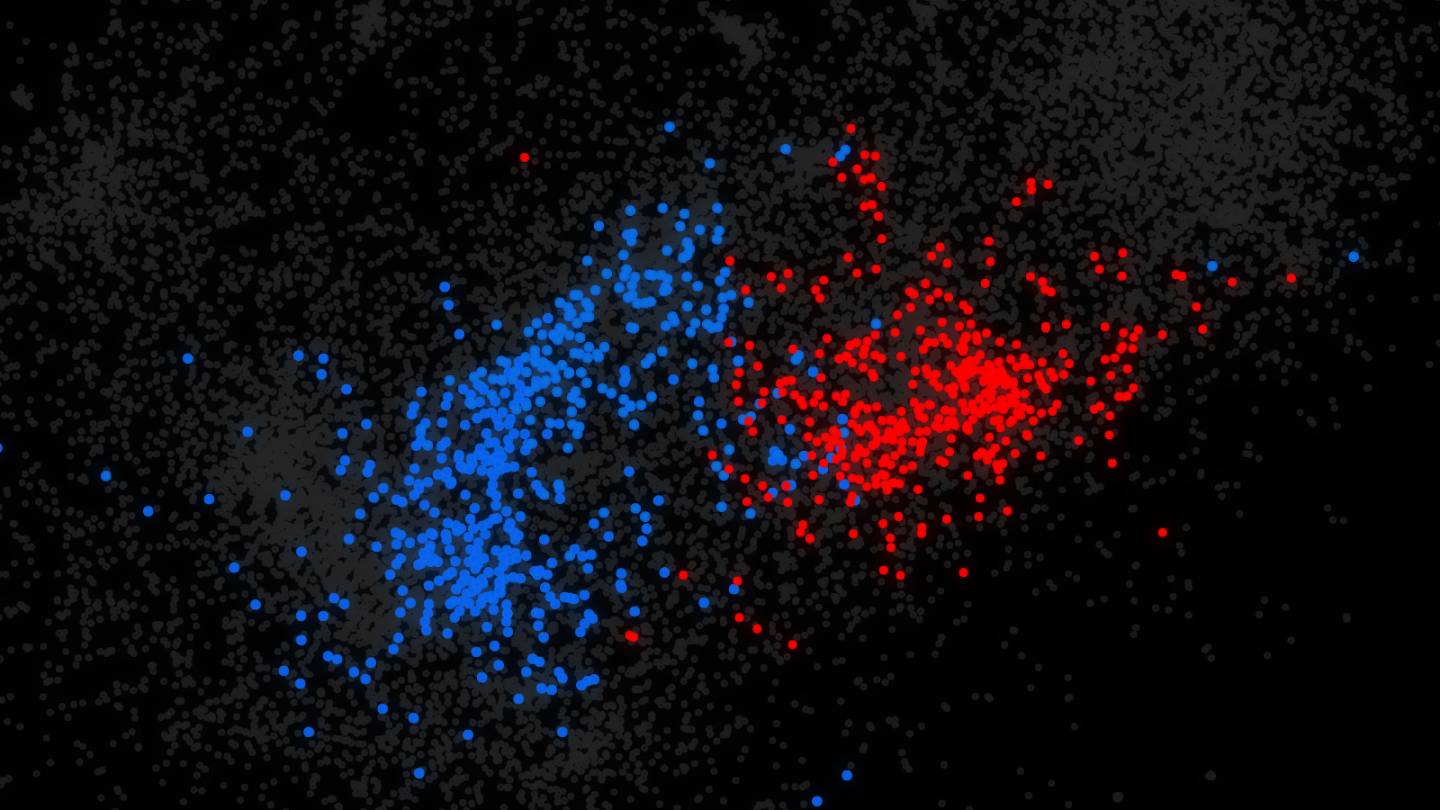Artificial intelligence detects a new class of mutations behind autism
- by 7wData

Many mutations in DNA that contribute to disease are not in actual genes but instead lie in the 99% of the genome once considered "junk." Even though scientists have recently come to understand that these vast stretches of DNA do in fact play critical roles, deciphering these effects on a wide scale has been impossible until now.
Using Artificial Intelligence, a Princeton University-led team has decoded the functional impact of such mutations in people with autism. The researchers believe this powerful method is generally applicable to discovering such genetic contributions to any disease.
Publishing May 27 in the journal Nature Genetics, the researchers analyzed the genomes of 1,790 families in which one child has autism spectrum disorder but other members do not. The method sorted among 120,000 mutations to find those that affect the behavior of genes in people with autism. Although the results do not reveal exact causes of cases of autism, they reveal thousands of possible contributors for researchers to study.
Much previous research has focused on identifying mutations in genes themselves. Genes are essentially instructions for making the many proteins that build and control the body. Mutations in genes result in mutated proteins whose functions are disrupted. Other types of mutations, however, disrupt how genes are regulated. Mutations in these areas affect not what genes make but when and how much they make.
Until now, it was not possible to look across the entire genome for snippets of DNA that regulate genes and to predict how mutations in this regulatory DNA are likely to contribute to complex disease, the researchers said. This study is the first proof that mutations in regulatory DNA can cause a complex disease.
"This method provides a framework for doing this analysis with any disease," said Olga Troyanskaya, professor of computer science and genomics and a senior author of the study. The approach could be particularly helpful for neurological disorders, cancer, heart disease and many other conditions that have eluded efforts to identify genetic causes.
"This transforms the way we need to think about the possible causes of those diseases," said Troyanskaya, who also is deputy director for genomics at the Simons Foundation's Flatiron Institute in New York where she led a group of co-authors.
The team also included a group led by neuroscientist Robert Darnell of The Rockefeller University. The first authors of the paper are Jian Zhou and Christopher Park, who earned Ph.D.s at Princeton and are now visiting collaborators at the Lewis-Sigler Institute for Integrative Genomics and researchers at the Flatiron Institute, and Chandra Theesfeld at Princeton’s Lewis-Sigler Institute for Integrative Genomics.
Most previous research on the genetic basis of disease has focused on the 20,000 known genes and the surrounding sections of DNA that regulate those genes. However, even this enormous amount of genetic information makes up only slightly more than 1% of the 3.2 billion chemical pairs in the human genome. The other 99% has conventionally been thought of as "dark" or "junk," although recent research has begun to disrupt that idea.
In their new finding, the research team offers a method to make sense of this vast array of genomic data. The system uses an Artificial Intelligence technique called deep learning in which an algorithm performs successive layers of analysis to learn about patterns that would otherwise be impossible to discern. In this case, the algorithm teaches itself how to identify biologically relevant sections of DNA and predicts whether those snippets play a role in any of more than 2,000 protein interactions that are known to affect the regulation of genes.
[Social9_Share class=”s9-widget-wrapper”]
Upcoming Events
From Text to Value: Pairing Text Analytics and Generative AI
21 May 2024
5 PM CET – 6 PM CET
Read More


